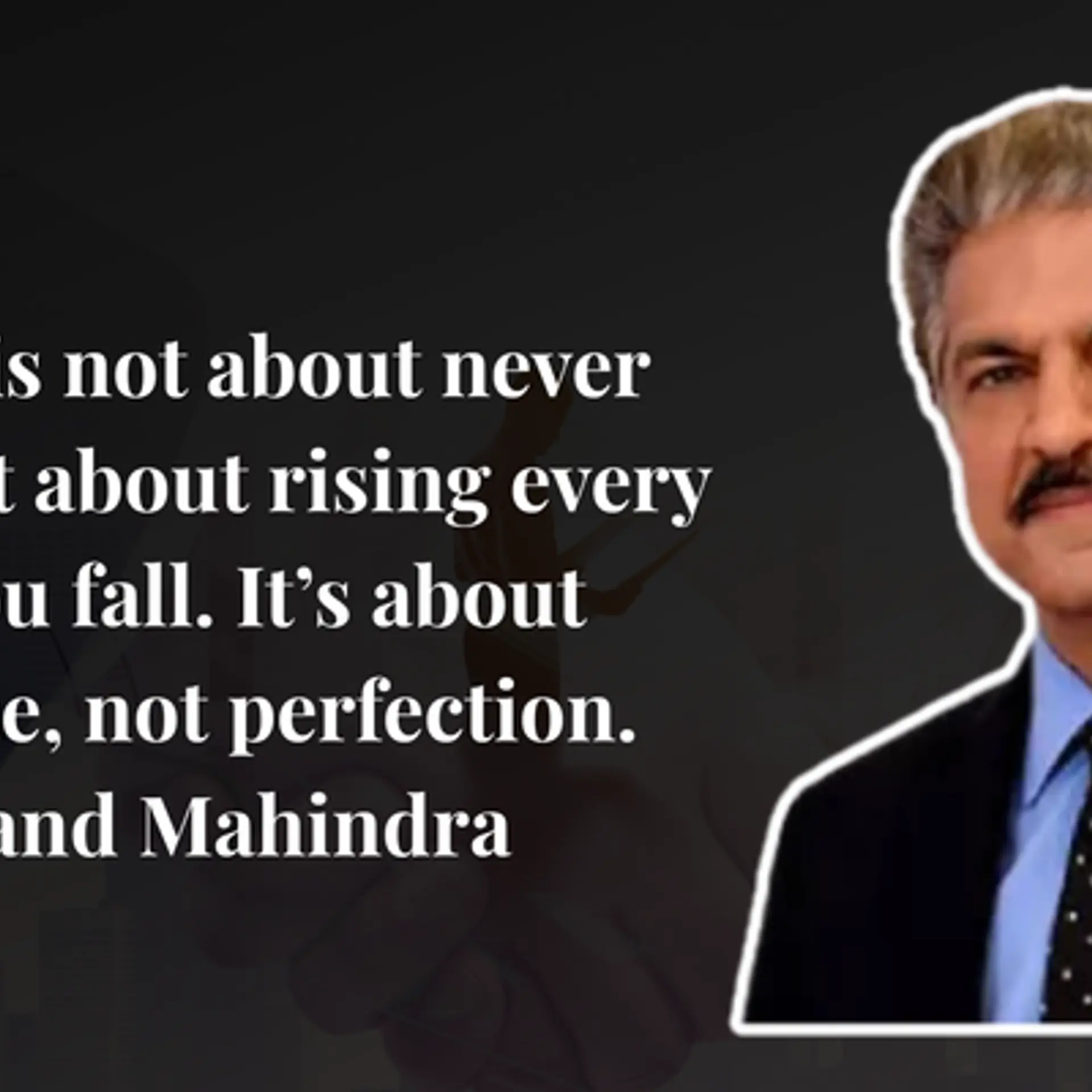Do you know your market size?
Tuesday September 20, 2011 , 3 min Read

This is not a trick question. Good data is scarce and difficult to come by if it even exists in India. Add to that the need to make sweeping assumptions in new use cases and it’s possible that a start up has little idea what their addressable market size really could be.Market size is not just a number VCs want to hear from you. It is equally important for you to understand and estimate – and the only way to do it is by Knowing Your Customer. So invest some time and research in arriving at your idea/business’ addressable market size and you might be surprised by what you discover on your way there.
Academically, there are two approaches: Micro and Macro. The former is bottom up - find small pieces of data and add them up together to get your total (e.g. if you’re selling $20m Tudor mansions, you know the few thousand people who are your market and their names). This works especially well for enterprise businesses with a few large clients. In the latter approach, you look at a piece of an economy as a whole and make assumptions on what portion should be your market – better suited to consumer businesses.
1. Define Your Customer Narrowly
Statistics used blindly have little meaning and do more harm than good. Find the right definition for your statistic. For instance, India has just ~ 20m active Facebook users. Chances are, if you are selling something online today, that’s your true universal set market and not the 120m dial-up connections reported by TRAI – 6x the active number. Over and above this, you should layer in assumptions for wealth, age and buying behavior.
2. Triangulate Pricing
These are two really big words and I will write more about it. For now the 2 questions to ask are (1) as my business model evolves, who will pay for my products/services? And (2) How much of their wallet/margin/budget can I realistically claim? The first question is increasingly relevant in the post-Google world where free end users allow you to monetize their numbers with enterprises – making you a consumer brand but an enterprise business. The second question is relevant because a customer can’t pay you money he doesn’t have sustainably (case in point the Groupon controversy). So, it’s critical for you to understand his revenue and margin structure.
There is, of course, the cost-plus model exception to this rule and many businesses are modeled cost-plus. In that case, this is a simpler exercise for you.
3. Define your reach
You addressable market size also depends on whom you can reach. Even in a web-based business without physical goods and limitations, you do soon realize that there are certain customers you cannot reach within the cost of your margin structure. For example, the IT manager in a Nagpur sys integration company might be a great target client for your web-based personal finance management app but reaching him is prohibitively expensive.
So, what’s the addressable market size for your idea?






